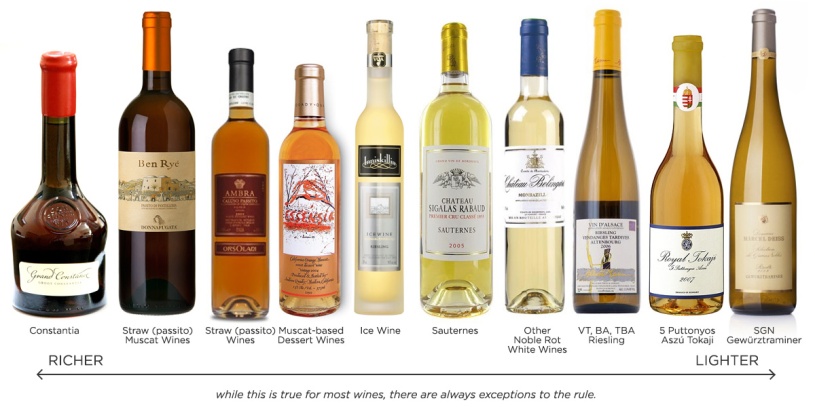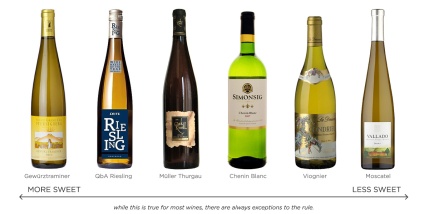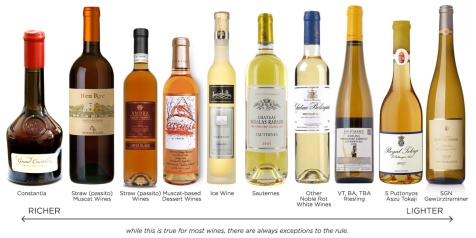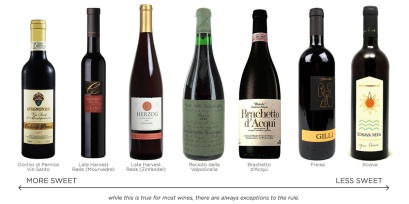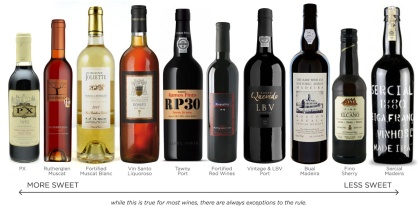Dessert wine- a name that is so synonymous with parties, desserts and wine socials. What is it actually? Is any over sweet wine a dessert wine or is there something more to it? Find out more in the coming days while I post all about desserts, wines and dessert wines. There is a crazy lineup of some International desserts as well as Indian desserts as that is an untapped genre. With the word untapped, I mean something that is not difficult to pair with or serve alongside, but because there are several parameters that need to be understood. Also, why not re-create a few Indian desserts with the magic called – wine. Strange as it may sound, there are some experiments that I have done over the months. I shall open the basket of recipes as we go ahead, in the coming days. For starters, let’s understand what a dessert wine is all about!
Technically, one is correct when they say that a dessert wine is a wine that has a higher sugar content called residual sugar than normal table wines. Subsequently, a dry wine is diametrically different and is the one that has less than 1 percent residual sugar. A dessert wine, by comparison, usually has residual sugar ranging from 3 percent to 28 percent. This range defines the different range of dessert wines available. Like any table wine, these wines are made from many different varietals available. Simply stated, a dry wine is a wine that is not sweet. It is similar to tea with no added sweetener, dry wines have very little or no natural sugar remaining post the fermentation. This is absolutely the same in terms of the sparkling varieties, too. A Brut Champagne will exhibit no sweetness at all, while a lush Asti Spumante will demonstrate ample sugar on the palate.
The perception of sweetness in wine can be deceptive and changes from drinker to drinker. Sweetness in a wine, is the result of residual sugar left in the wine post fermentation. There are few components in a sweet wine that can increase your impression of sweetness. And these are mere impressions and non-related to sugar content. Intense fruit and floral flavors, can be a confusing element which can be taken as sweetness tannins. Also, tannins and acidity can change one’s perceptions, too. A German Riesling is the best example. It is high on tannin and dry yet high on sugar than an average table wine. Bottom line is, lower the levels of tannin and acidity, stronger the impression of sweetness.
Now, you get no points in guessing that a dessert wine is served alongside a dessert. Now this is a no brainer, right? But, which dessert wine is served with what kind of a dessert needs a little understanding. Let’s keep that for another day.
These wines high in sugar-content are extremely popular amongst the youth. Also, non-wine drinkers usually flaunt their glasses filled with this variety, for its sweet tones and easy palatability. There are many such varieties available, across the globe and range in characteristics and price ranges.
While talking about dessert wines, one cannot miss the magic created by late harvest wines, eiswine and port!
Late harvest wines are most common dessert wine. The grapes are left on the vine for over-ripening, which concentrates the sugar in the grape. Sometimes, they also rot on the vine, which adds an extra character to the wine. While fermenting, the yeast does not convert all the sugar into alcohol to make a deliciously sweet flavored wine.
Ports are often confused with late harvest. Port is a fortified wine, which means it has a brandy added to it. This increases the alcohol content to around 18 percent in spite of the high brix (sugar content)
Eiswein is a German term meaning ice wine, which is also a rich, flavorful dessert wine. It is made by picking grapes that are frozen on the vine and then pressing them before they thaw. Because much of the water in the grapes is frozen, the resulting juice is concentrated, rich in flavor and high in sugar and acid. Did you know that Germany and Canada are leaders in producing the best ice wines
Photo Courtesy: Wine Folly
